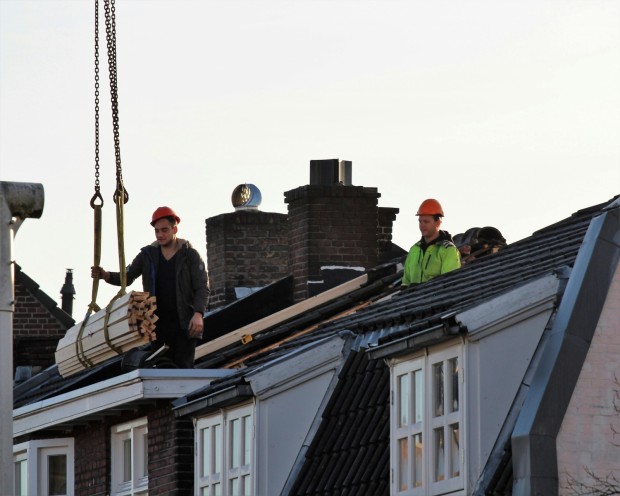An economic forecast indicates that the European Union is dealing with a construction crisis while Germany is undergoing its most severe economic stagnation in a generation. The decline in residential construction is anticipated to persist until the following year, driven by a reduction in investment and declining real estate values.

(Photo : Pexels/hans middendorp )
Worst Construction Industry Crisis in Germany
In 2023, the housing buildings in Germany came to a standstill, as the number of units constructed was slightly lower than the previous year. This was because the entire property market was experiencing its worst crisis in a generation. According to figures released by the Federal Statistics Office on Thursday, May 23, about 294,400 apartments were constructed the previous year. This figure represents a decrease of 0.3% compared to 2022 and is far below the government's aim of creating 400,000 flats annually.
Moreover, data released last week revealed that the number of construction permits issued by the authorities for the year was a mere 260,000, the lowest level since 2012. Licenses for the first quarter of 2024 also continued to drop. Nevertheless, a projection for the economy indicates that Europe is currently dealing with a construction crisis, with Germany enduring the most severe economic slowdown in a generation. Until next year, residential buildings are anticipated to continue to decline, driven by dropping real estate values and a decrease in investment.
With incomes being squeezed by inflation, the EU estimates indicated that consumption across the region in 2023 increased by only 0.4%. Real estate prices have decreased, investment has slowed down, and the building industry, which is sensitive to changes in interest rates, has shrunk significantly.
This resilience is a result of government infrastructure expenditures within the framework of the Recovery and Resilience Facility, the EU's premier initiative to mitigate the social and economic effects of the COVID-19 pandemic. Despite this, non-residential construction in the EU continues to progress. However, investments in residential buildings are expected to continue decreasing since house prices are expected to continue falling, and an accumulation of inventories would weigh on supply.
Worldwide Crisis on Residential Construction
A worldwide housing shortage is currently affecting every corner of the globe. It is projected that by the year 2030, there will only be enough affordable housing for billions of people if the current situation continues.
In the United States, housing is pricey due to the low inventory of available homes. Based on the estimates provided by industry professionals, the country requires an additional five million homes to be put up for sale to satisfy the demand. The consequences of increasing interest rates to discourage people from taking out loans are only temporary. Thus, raising the amount of construction work is the long-term solution.
On the other hand, due to the real estate growth of the 2000s, housing in Canada has become unaffordable. During that period, individuals speculated on residential units with the expectation of ultimately making a profit in the future. Because of the many foreigners the country welcomes, it cannot construct sufficient housing. In recent years, the gap between supply and demand has been widening.
Related Article: Australia's Housing Crisis Prompts Government to Cover Education Costs, Aiming to Boost Construction Workforce







